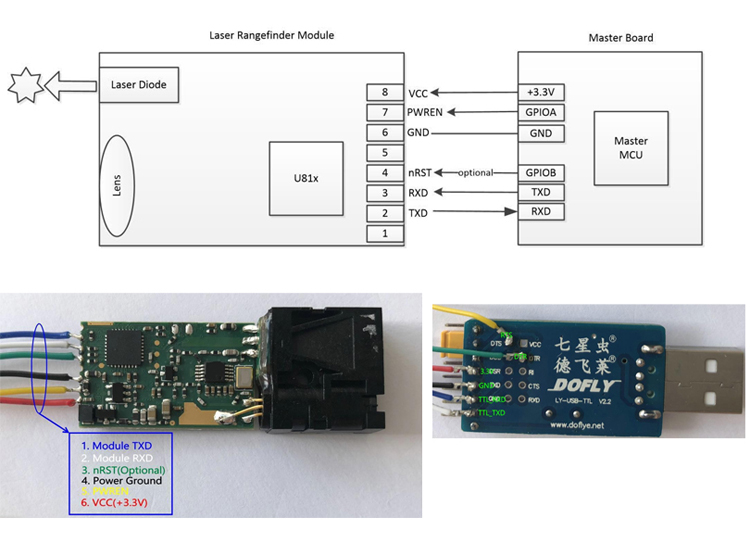Bacterial keratopathy is one of the major diseases on cucumber, which has gradually increased in recent years. Measures should be taken as soon as possible.
Cucumber can develop from the seedling stage to the adult stage, mainly damage the leaves, and occasionally occurs on melons and vines. The leaves became infected, and the chlorotic dots appeared first and then expanded. The lesions were grayish or yellow-brown polygons, restricted by veins. When the humidity is high, there are obvious water-stained green halos on the periphery of the lesions on the leaves, milky white globules appear on the lesions, and membrane-like white marks remain on the lesions. Late lesions dry perforation. In severe cases, the lesions were connected to each other and showed pale brown oil-paper plaques. Stemvine disease, the initial water-stained small spots, after the longitudinal extension of a short strip-like, high humidity when the bacteria pus, severe disease when the cranial longitudinal cracking. In the early stages of melon infection, water-stained dark green near-circular depression spots were formed. Afterwards, they expanded into irregular light brown lesions, and there was a filthy white bacterial pus overflow. When the illness was severe, there was a crack or odor rot. Diseased vascular bundles and melons turn brown.
First, agricultural control:
(1) Select resistant varieties. Jinchun 1, Jinza 3, and other varieties are resistant to disease and can be selected according to local conditions.
(2) Seed disinfection. Before sowing, soaking in warm water of 55°C for 15 minutes, remove and put in cold water to cool; or soaking with 40% formalin 150 times liquid for 90 minutes, washing with clean water and germination.
(3) Rotation. Use disease-free soil to nurse seedlings and perform non-melon crop rotation for more than two years.
(4) Strengthen field management. The narrow trenches are cultivated in narrow trenches and are supported by three trenches to enhance flood control and drainage capacity during the rainy season. Apply basal fertilizer, increase the application of phosphorus and potassium fertilizers, prevent excessive application of nitrogen fertilizer, and enhance plant disease resistance. Cultivated cucumbers are widely used in open-air cultivation. Before the cucumbers in the protected area are in bloom, they are less watered, frequently cultivated, and more ventilated. This reduces the humidity in the shed and reduces condensation and dripping.
Second, chemical control:
Prevention of cucumber bacterial keratopathies, in the early onset with 14% solution of ammonia copper water 300 times, or 47% Garnett WP 700 times, or 50% melamine o copper wettable powder 600-700 times Liquid, or 72% Streptomycin soluble powder for 4000 times liquid spray. Spray once every 7-10 days, depending on the condition to determine the number of applications. The number of application of copper preparations can not exceed 3 times, so as not to cause phytotoxicity.
New product of U85 micro laser distance sensors use highly focused class 2 laser to detect objects or measure distances, and can return a measured value via varieties intface( serial, usb, rs232, rs485, bluetooth etc.). The electronic distance sensor is a very small Laser Distance Sensor, but high resolution up to 1mm and long distance measuring sensor - teachable measuring range of up to 30m. Extremely accurate distance sensing sensors, errors down to ± 1mm. And the mini sensors and measurements support continuous measurement function, great for compact solutions(eg: robots) with the smallest Laser Distance Sensor of the world!

Parameters of U85:
Accuracy
±1 mm (0.04 inch)
Measuring Unit
mm
Measuring Range (without Reflection)
0.03-20m/0.03-30m
Measuring Time
0.1~3 seconds
Laser Class
Class II
Laser Type
620nm-690nm, <1mW
Size
41*17*7mm (±1 mm)
Weight
About 4g
Voltage
DC2.0~3.3V
Electrical Level
TTL/CMOS
Certifications
CE, FCC, RoHS, FDA
Operating Temperature
0-40 ℃ (32-104 ℉ )
Storage Temperature
-25~60 ℃ (-13~140 ℉)
Mini Laser Distance Sensor,Optical Laser Distance Sensor,Smallest Laser Range Sonsor,Laser Measuring Sensor
Chengdu JRT Meter Technology Co., Ltd , https://www.cdlaserrangfinder.com